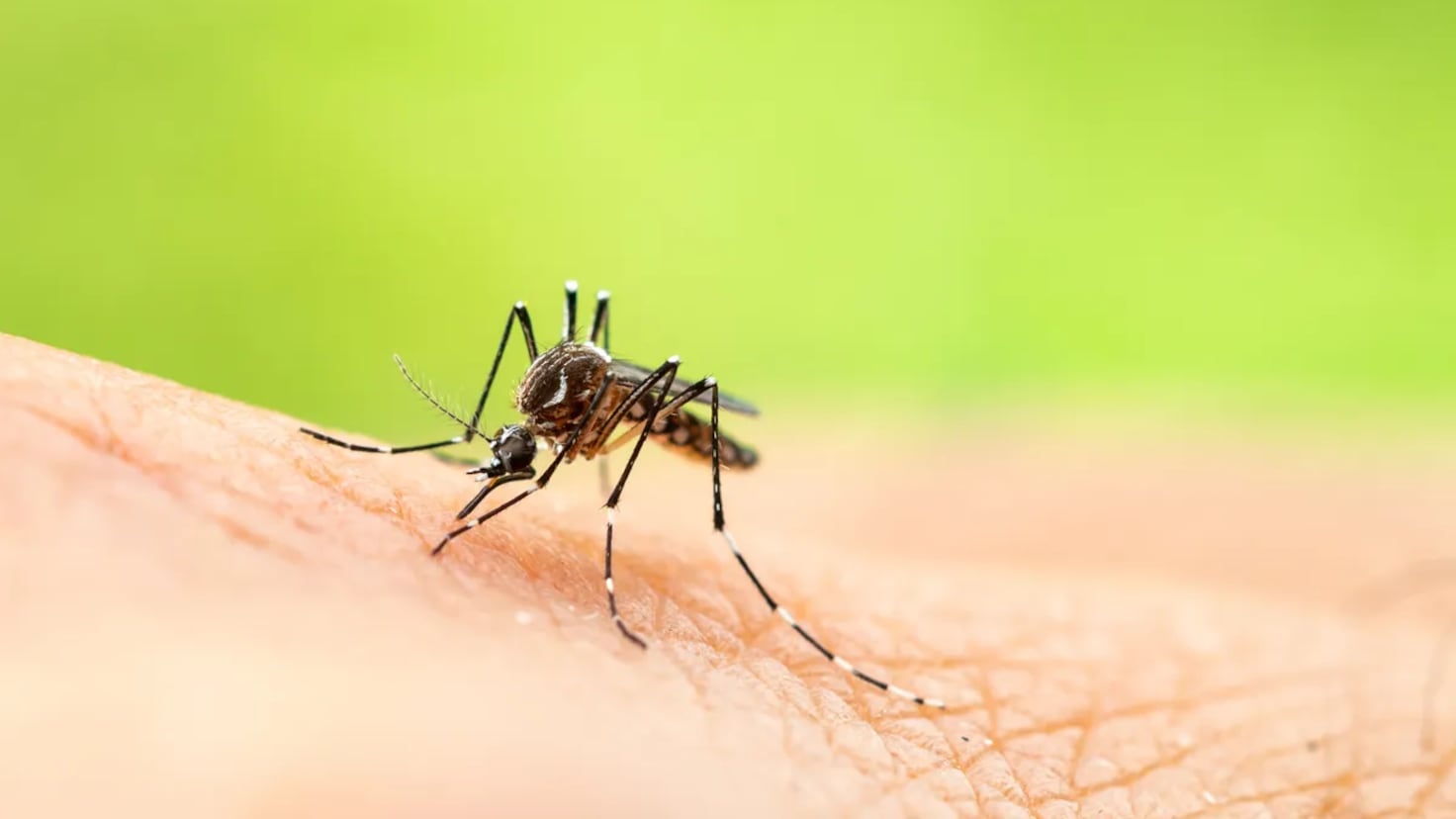China's 'Mosquito Drone' and the Rise of Miniature UAVs: A Global Race for Micro-Robotics

The Tiny Titans of Aerial Warfare: China's Mosquito Drone Leads the Micro-UAV Revolution
The world of military technology is undergoing a fascinating transformation, and it's happening on a scale smaller than ever before. China has recently unveiled a remarkable micro-drone, nicknamed the 'Mosquito Drone,' that's sparking both awe and concern. This miniature marvel, barely larger than a mosquito, boasts both 'wings' and 'legs,' allowing it to operate effectively both on and off the battlefield – a truly groundbreaking capability.
Beyond China: A Global Push for Miniature Drones
However, China isn't the only nation investing heavily in this burgeoning field of micro-Unmanned Aerial Vehicles (UAVs). The development of miniature drones is a global race, with several countries making significant strides. Let's take a look at some key players and their innovations:
Harvard's RoboBee: Nature-Inspired Flight
At Harvard University, researchers have created the RoboBee, a micro-UAV that mimics the flight of insects. This tiny robot utilizes flapping 'wings' and demonstrates the ability to transition seamlessly between water and air – a testament to bio-inspired engineering and the potential for versatile applications.
Norway's Black Hornet Nano: Pocket-Sized Reconnaissance
Norway has emerged as a leader in the deployment of miniature drones with the Black Hornet Nano. This palm-sized drone offers remarkable capabilities in a compact package. Its primary function is reconnaissance, providing valuable situational awareness for military and law enforcement operations. The Black Hornet's portability and ease of deployment make it a valuable asset in a wide range of scenarios.
Why the Focus on Micro-Drones?
The increasing interest in micro-drones stems from several key advantages:
- Stealth and Evasion: Their small size makes them incredibly difficult to detect and intercept, offering a significant advantage in reconnaissance and surveillance.
- Accessibility: They are relatively inexpensive to produce, allowing for widespread deployment.
- Versatility: They can be adapted for a variety of missions, including surveillance, reconnaissance, search and rescue, and even targeted strikes.
- Urban Operations: Their ability to navigate confined spaces makes them ideal for urban warfare and disaster relief scenarios.
The Future of Micro-UAVs
The development of the 'Mosquito Drone' and similar micro-UAVs represents a significant leap forward in robotics and military technology. As these technologies continue to evolve, we can expect to see even more sophisticated and versatile micro-drones emerge, blurring the lines between science fiction and reality. The ethical considerations surrounding their deployment – particularly regarding privacy and autonomous decision-making – will also need careful consideration as this technology matures. The global race to miniaturize aerial robotics is just beginning, and the implications for defense, security, and even civilian applications are profound.






